Over 20 years ago we visited Conner Prairie, an outdoor history museum in Fishers, Indiana. I remember the 1836 Prairietown, where costumed interpreters stay in character. I remember the William Conner House, home of the early 1800s trader, entrepreneur, and politician. And I remember getting to hold a lamb as we watched sheep being sheared.
Fast forward to 2017 and our second Conner Prairie visit. What a change! The 1836 Prairietown and William Conner House are still there, but they’ve added so much more. We experienced a balloon voyage, which lifted us to heights higher than the Statue of Liberty. We climbed a four-story treehouse in the woods. And we found ourselves in the midst of the Civil War, Disneyesque style.
This first article in a series about Conner Prairie introduces you to William Conner, his two very different lifestyles, and his home on the prairie.
Who was William Conner?
As a child of Moravian missionaries, William Conner grew up among the Lenape Indians, also known as the Delaware Indians. In 1801 William and his brother John became traders and moved to the area that would become Indiana. Not surprising, William married a Lenape woman. Traders often married Native American women to develop a relationship with the tribe, which in turn, would almost guarantee a successful business. Conner lived in a log home with his wife, Mekinges, and built a trading post.
Because Conner was familiar with the Lenape lifestyle, he served as an interpreter and liaison. He participated in negotiating eight treaties. One of those treaties was the 1818 Treaty of St. Mary’s, in which the Lenapes agreed to move west of the Mississippi River. That meant that Conner’s wife and their six children also had to move west with the tribe.
Three months after Mekinges moved west, Conner married Elizabeth Chapman, with whom he had ten children. In 1823 he built the two-story brick Federal style house on the White River. The house became a stopping point for travelers and businessmen. It was also used for government meetings and served as the post office.
Conner grew in prosperity through several business ventures, including land speculation, farming, mills, stores, and a distillery. He also served three terms in the Indiana General Assembly.
Fun fact: William Conner founded the city of Noblesville, and his brother, John, founded Connersville.
View from the house
On our first Conner Prairie visit, we entered the house through the back door. Now you walk around to the front of the house, where you’re presented with a magnificent prairie view. Even back in the early 1800s, visitors delighted at the view.
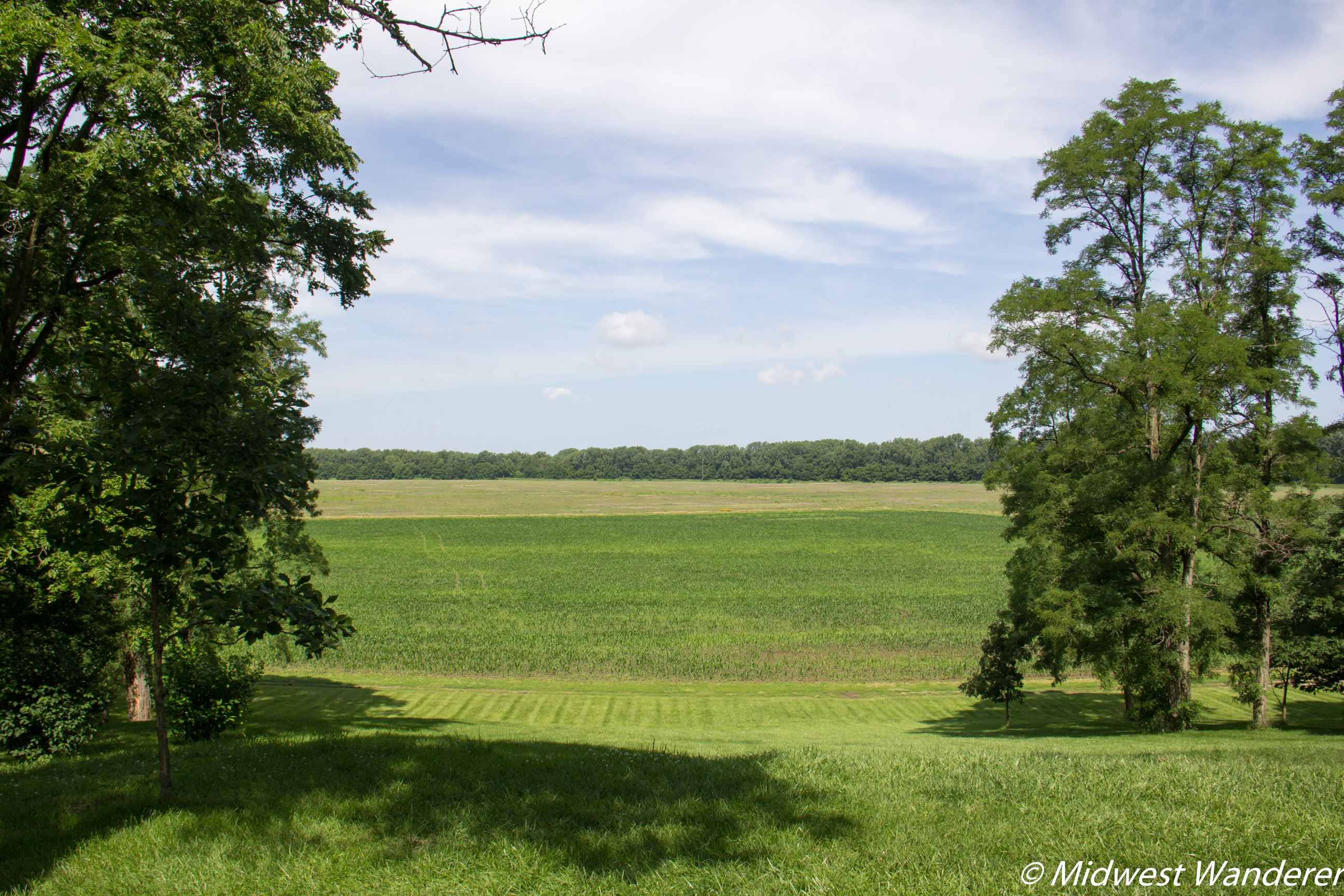
Touring the William Conner House
The William Conner House is solid brick. The outside walls are four bricks thick, and the inside walls are three bricks thick. The bricks help keep the house cool in the summer, and they retain heat in the winter. The bricks were made onsite, using clay deposits near the river. In fact, staff found remnants of a kiln on the property. They believe it was the kiln used to fire the bricks.
The house has been restored three times. The first time was in 1934, when Eli Lilly purchased the home and farm. During the restoration, all of the floorboards were flipped over, and they’ve stayed in good shape ever since. The home was restored again in 1993 and yet again within the past couple of years. In the most recent restoration, they added a lot of hands-on activities, which makes the self-guided tour more interesting for both children and adults.
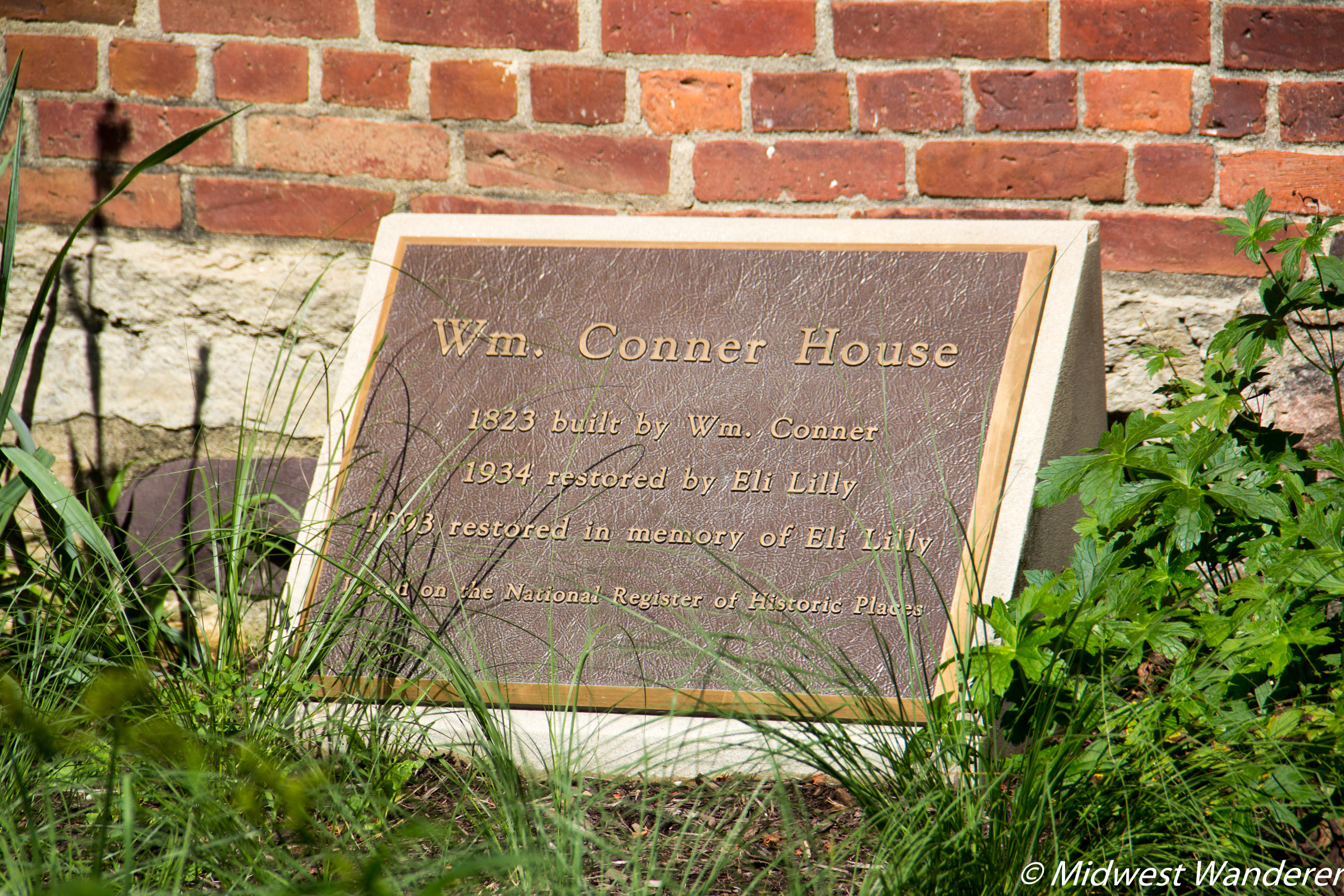 Although the tour is self-guided, docents throughout the house answer questions you may have.
Although the tour is self-guided, docents throughout the house answer questions you may have.
Don’t miss a Midwest Wanderer post. For a FREE subscription, enter your e-mail address in the Subscribe2 box to the right and click Subscribe.
Hands-on activities
Furnishings in the home are either from the period that the Conners lived there or made by Conner Prairie carpenters, like the piece in the photo below. They used old-time tools and techniques to build the cabinet. The Conner Prairie blacksmith made the nails.
The cabinet is a hands-on piece. You’re encouraged to open the drawers to learn more about William Conner, his family, and the house.
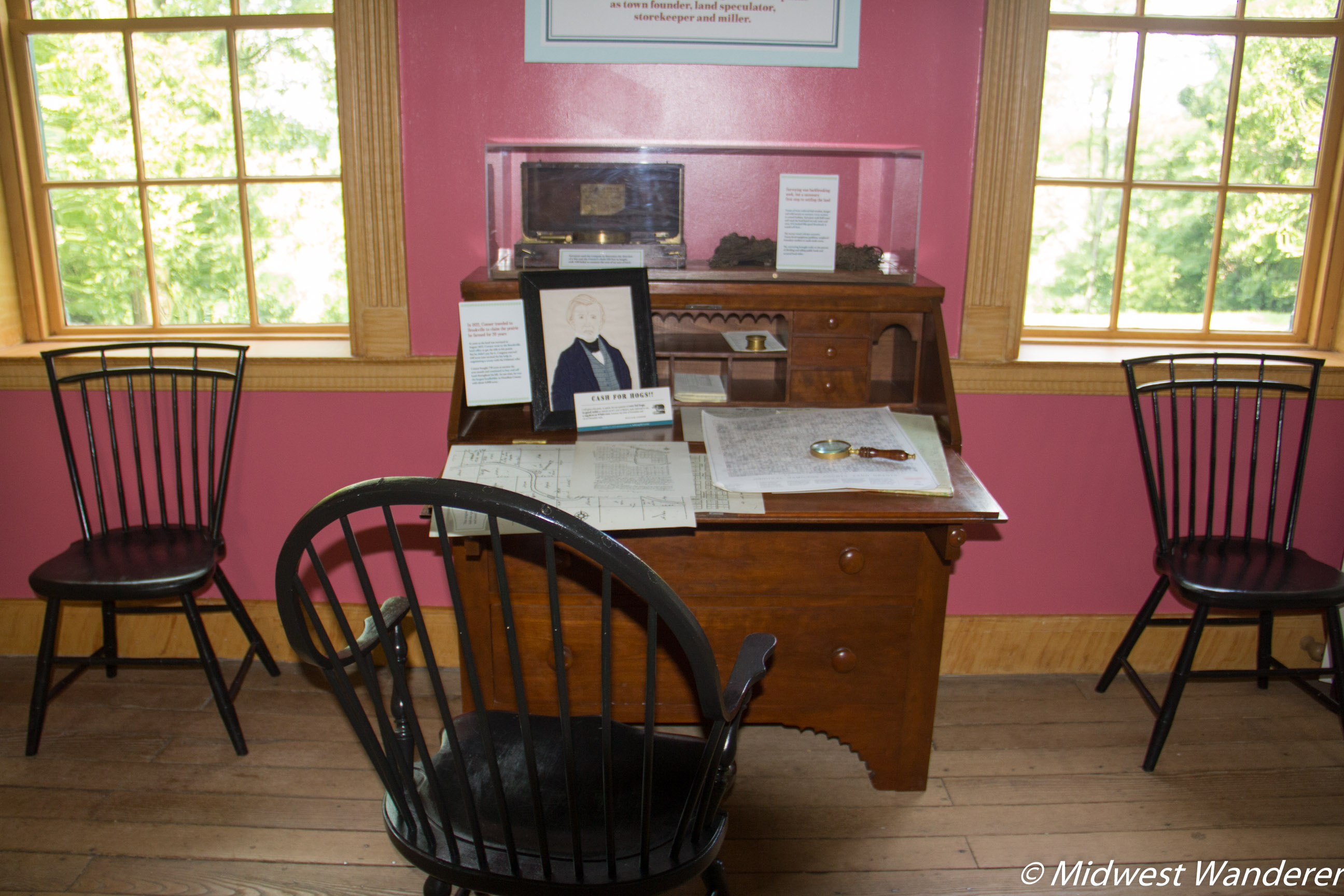
Another ground-floor room focuses on Conner’s two very different lifestyles.
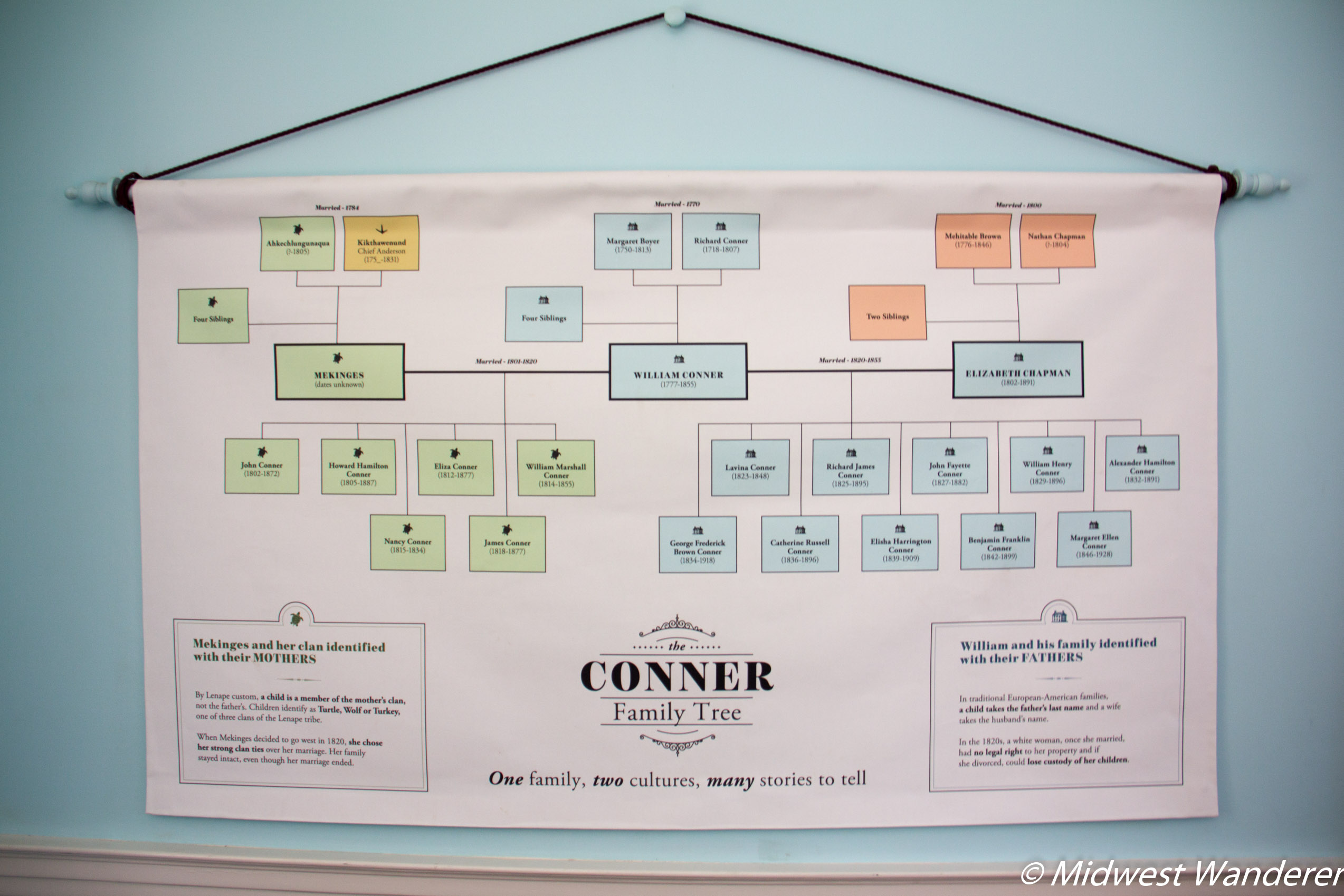
The large kitchen provides more hands-on opportunities for kids.

The two large bedrooms upstairs would have provided plenty of space for William, Elizabeth, and their ten children.

Heirloom garden
Outside the house, beyond the kitchen, heirloom vegetables and flowers grow in a garden reminiscent of a garden in William Conner’s lifetime.
If you visit Conner Prairie
The William Conner House is the only building in Conner Prairie in its original location. However, many other historic buildings have been moved to the property. We chose to begin the Conner Prairie article series with the William Conner House, since it provides a perspective of the property’s background.
Stay tuned for more article about Conner Prairie in the near future.
Conner Prairie, located at 13400 Allisonville Road in Fishers, Indiana, is open Tuesday through Sunday, May through October, 10 am. to 5 p.m. Check the website for exact season start and end dates, admission rates, and other details.
Accommodations
We stayed at the Prairie Guest House, located directly across the street from Conner Prairie, during our visit to the area. Check rates here.
Pin It!
**********
Disclosures: Visit Hamilton County Indiana hosted our visit to Conner Prairie. Our admission was complimentary. However, any opinions expressed in this article are my own.
This article contains an affiliate link. If you book a room through the “Check rates here” link above, I will receive a small commission, at no additional cost to you.
Thank you for reading Midwest Wanderer. Don’t miss a post. Enter your e-mail address below and click Subscribe. We will notify you whenever we publish another post. Subscription is FREE. After subscribing, be sure to click the link when you get the e-mail asking you to confirm. – Connie
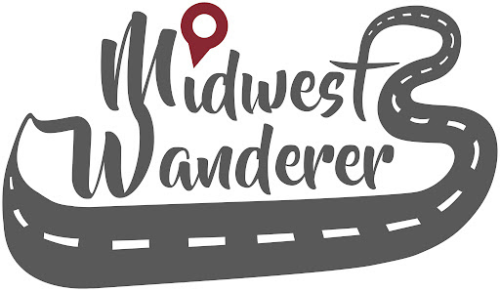

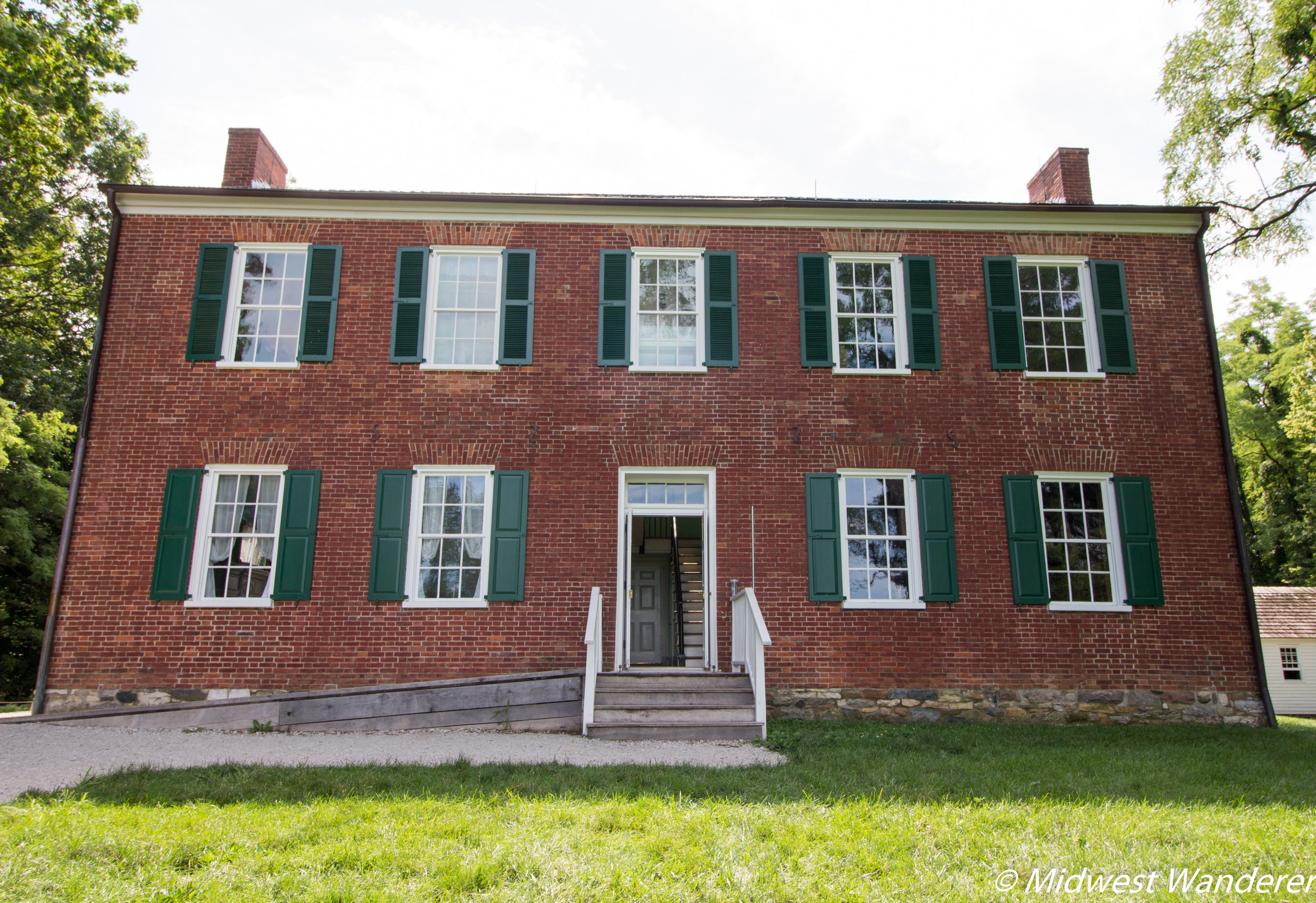
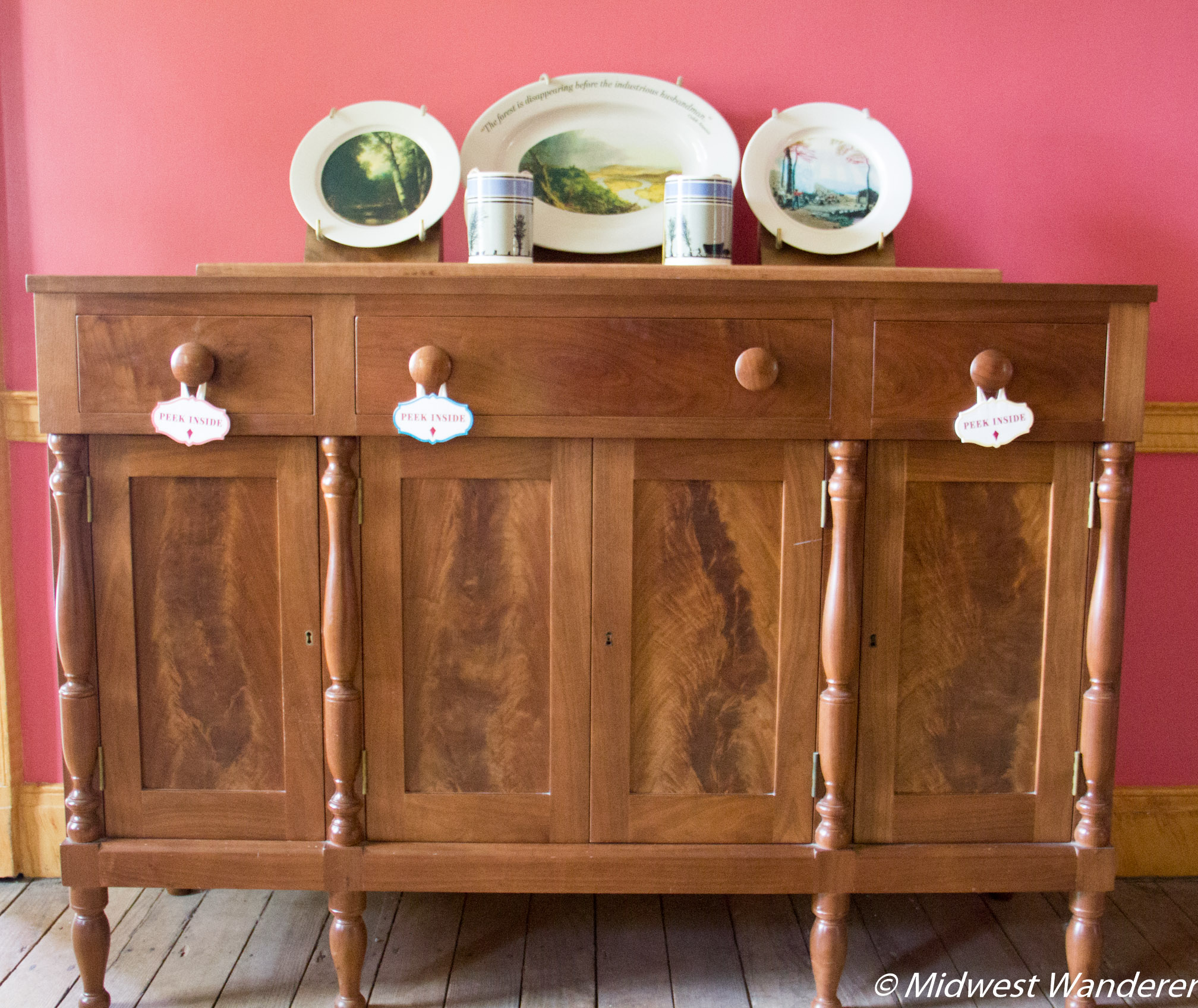
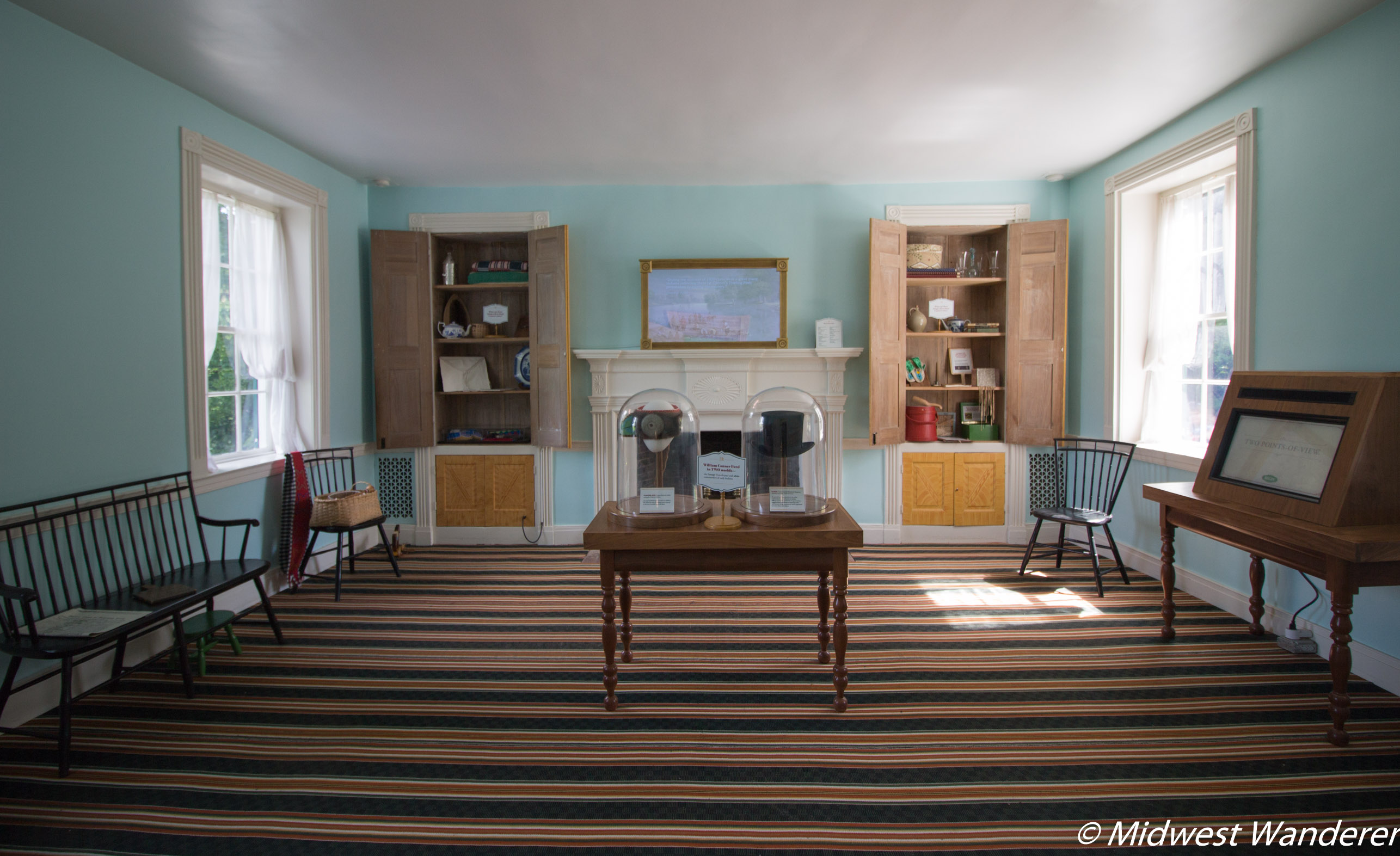

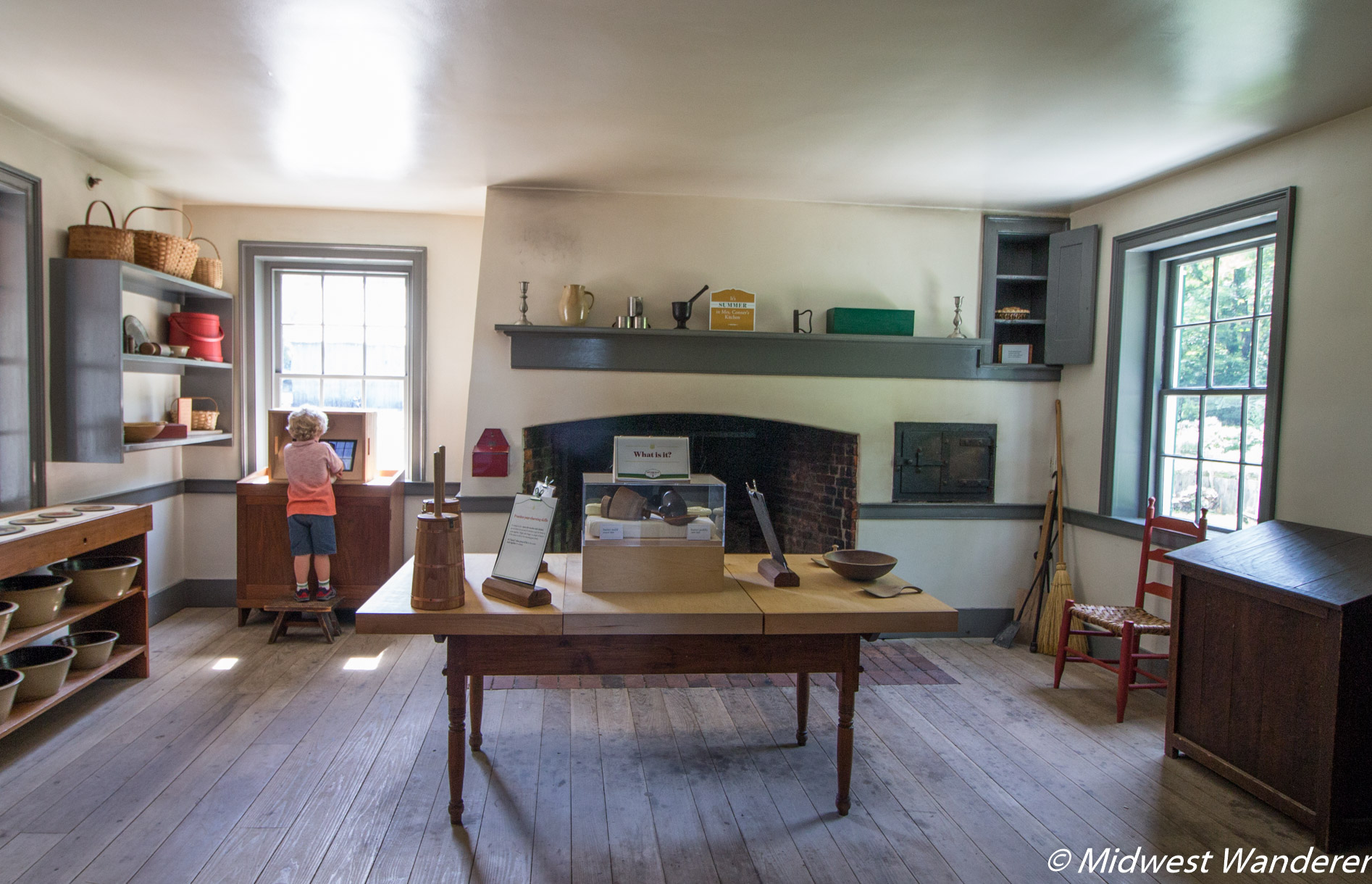
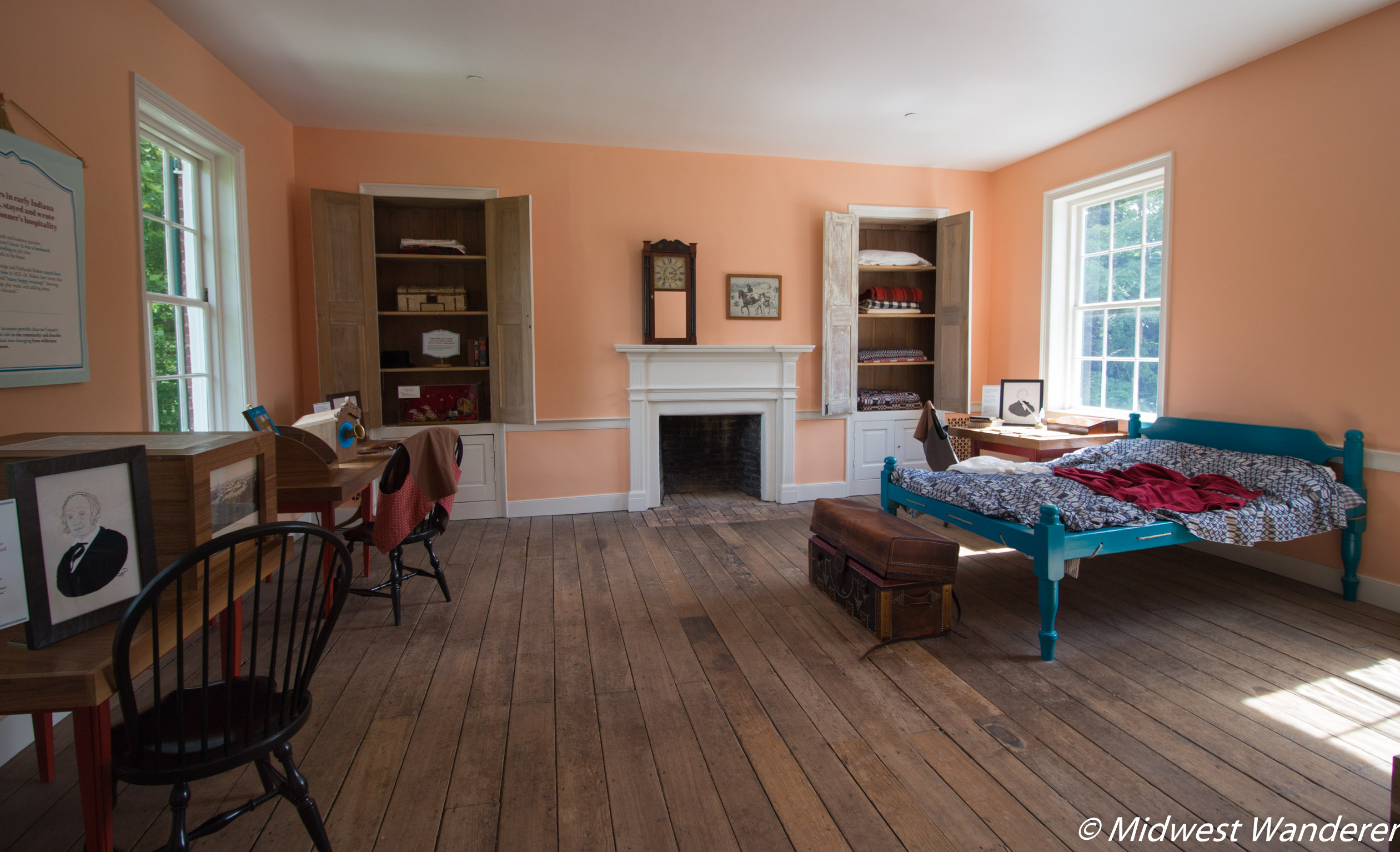

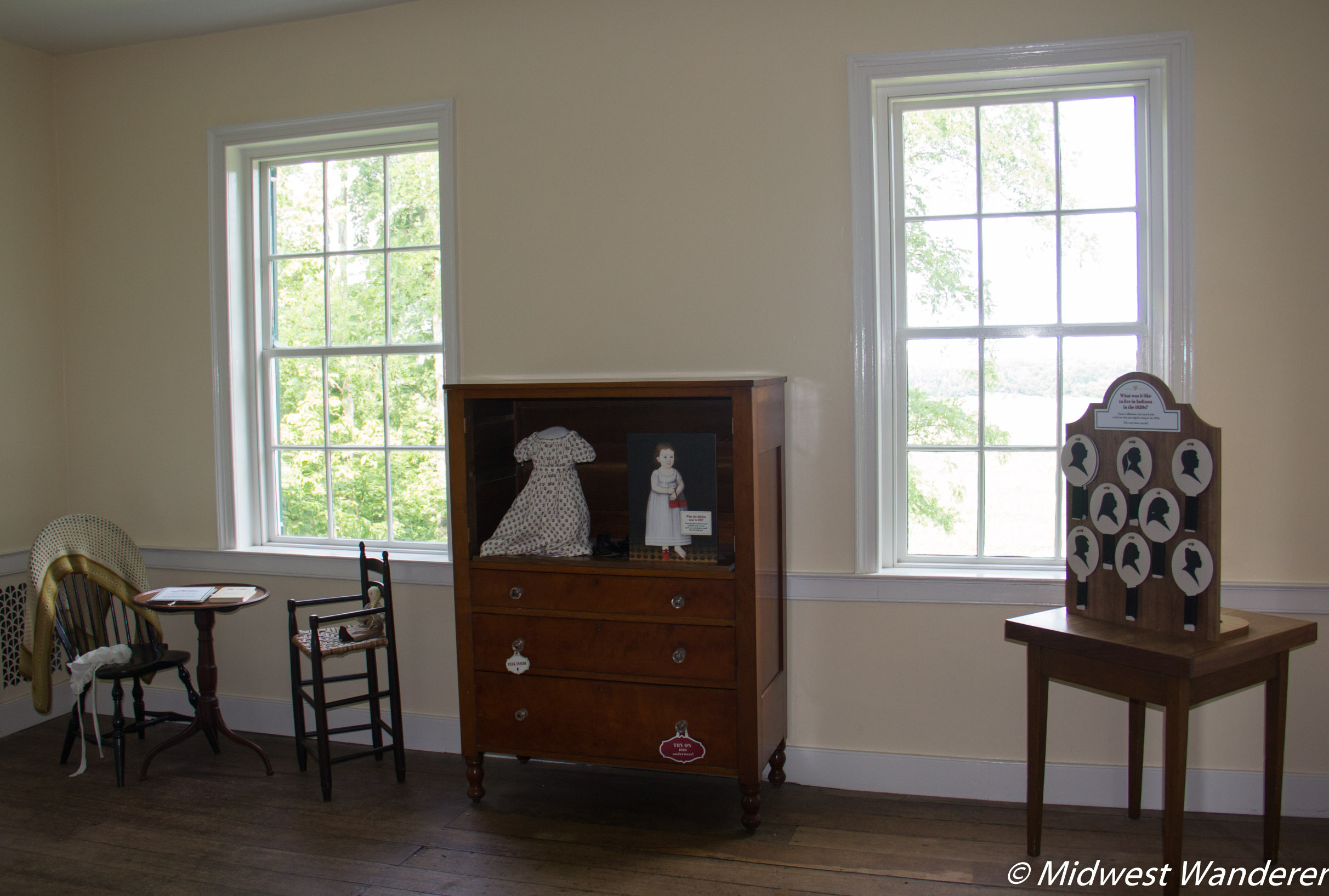

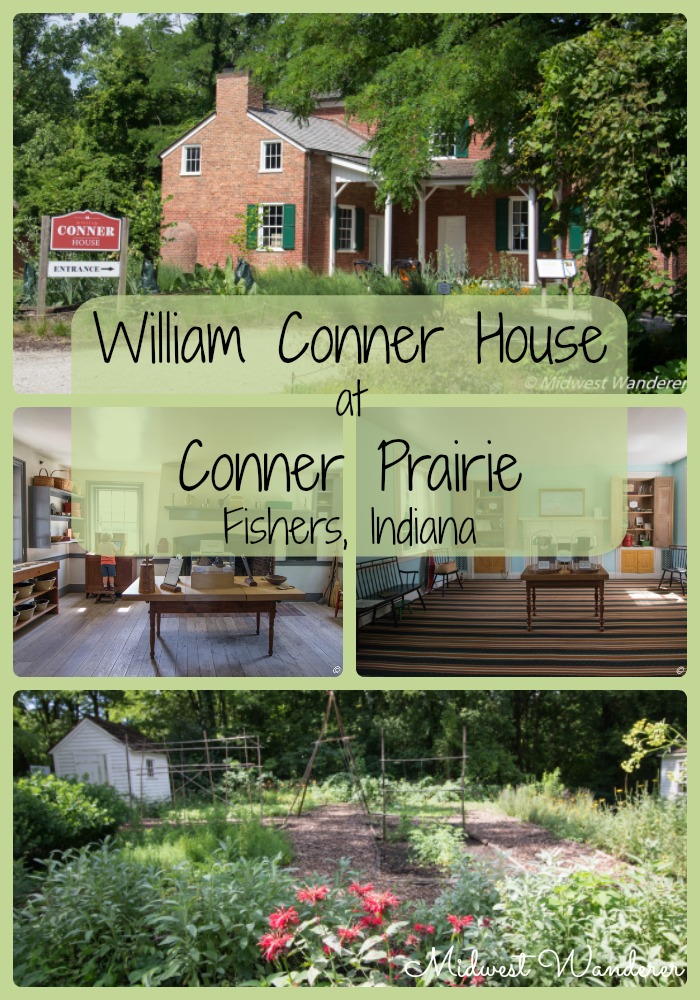
If we ever get out that way, we’d definitely put this one on our agenda.
Conner Prairie is a great place. We spent about six hours there and could have stayed longer.